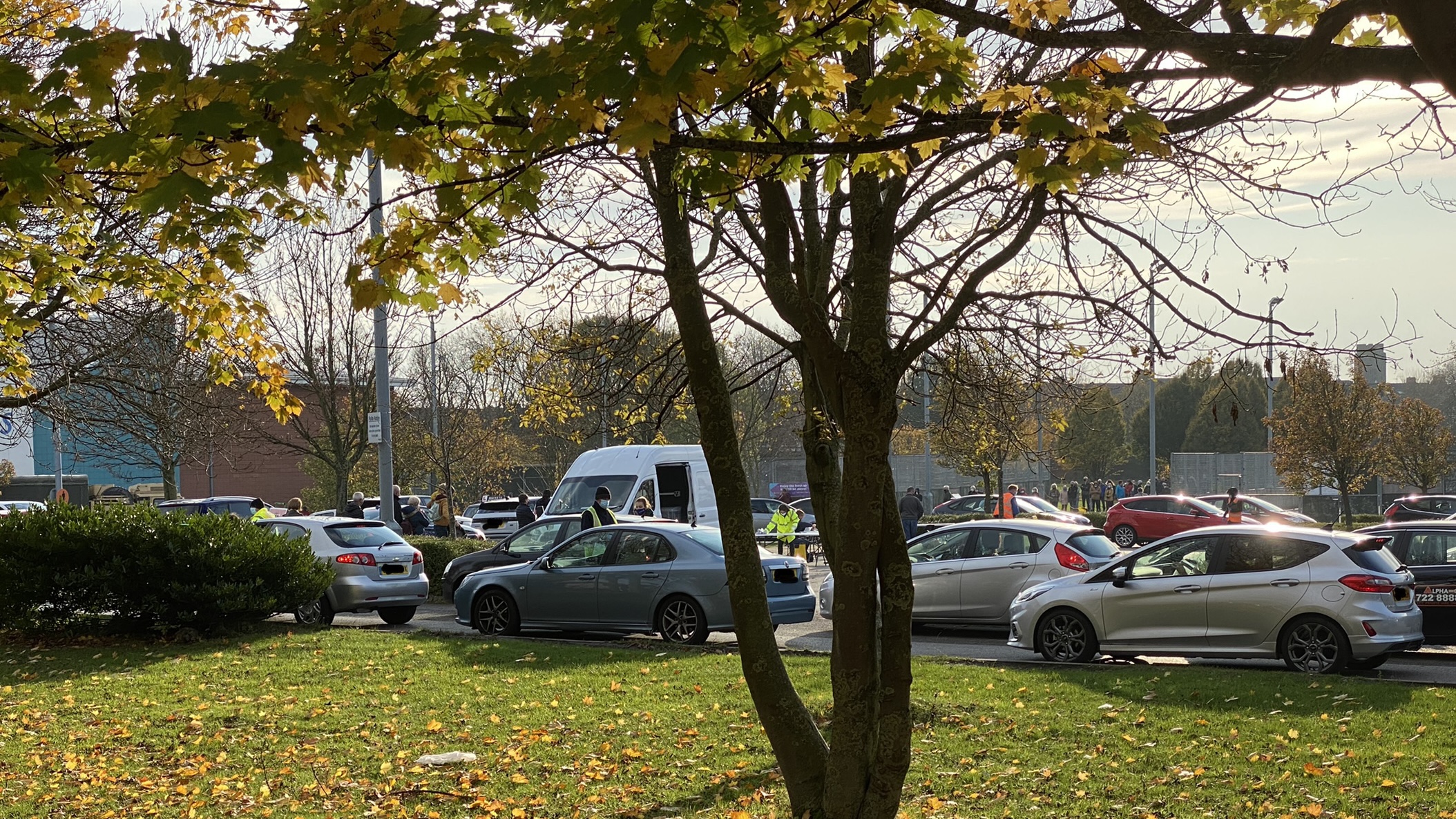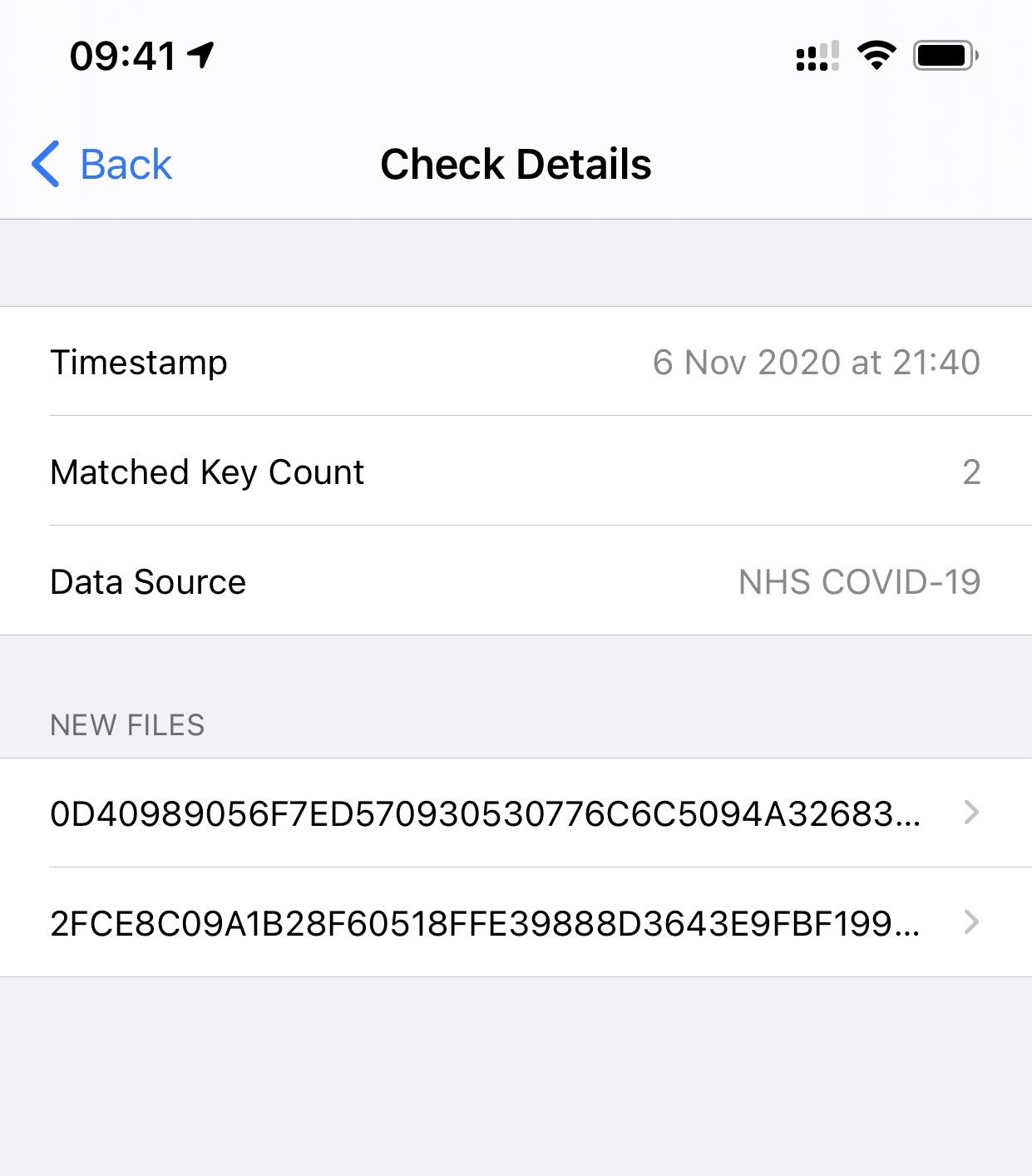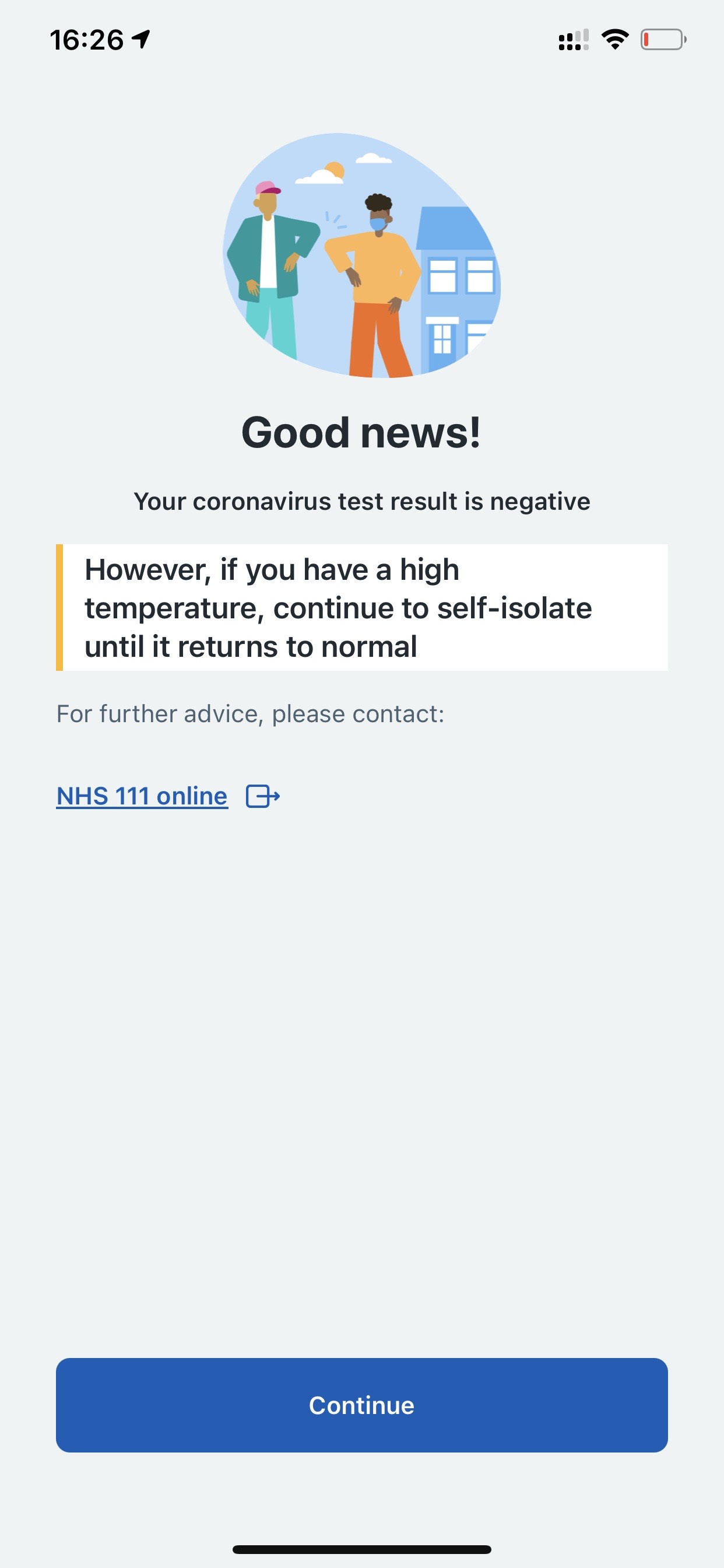A Mess: Testing in Liverpool
On Monday 2 November came the huge announcement from Liverpool City Council that the city would be the first area in the UK to offer mass testing as part of a trial to evaluate the process. The ability to offer testing throughout communities is a massive thing, as studies point to significant numbers of Covid-19 infections being asymptomatic throughout. These cases are problematic as infectious individuals can transmit the virus, without any idea that they're doing so - mass testing offers an opportunity to avoid this by identifying more people that should be isolating and reducing transmission.
I set aside 45 min in my day (appointment slots are 30 minutes) on the first day of the trial, Friday 6 November, and set off in the search of some peace of mind. I rushed on the first day in the hopes that a confusing lack of information and a missing booking system1 would mean that the day 1 would be reasonably quiet.
Not only was it far from reasonably quiet (a fantastic and hopeful turnout), it was also a complete mess.
Disarray
As someone working in the world of Formula 1, I've grown accustomed to things being run efficiently and effectively. McLaren is a world of meticulous planning and incredible execution for the most part. So much so that when the UK Government sought to grow an inventory of 20,000 additional ventilators many of my colleagues played a key part.
When I went to my nearest mass testing trial centre, about a 10 minute walk from my house, I expected a site that would have some teething issues and a few pinch points on its first day. The Yorkshire Regiment of the Army have been called into the city to aid with logistics, so I'd expected the armed forces to know what they were doing overall, even if they were being placed into unusual surrounds. I wasn't expecting the usual ruthless efficiency of my professional surrounds, but still a degree of competence and success.
Instead I arrived to a shambolic scene of carelessness and slightly bewildering oversight.
The Basics and the Need to Adapt

There were two separate centres on the day. One for symptomatic individuals to be tested, and one for asymptomatic participants to take part in the trial. The trial centre was in the leisure centre's main gym hall, while the symptomatic site was in the same facility's car park. (Above is a photo taken in the wrong queue, which leads to the car park site, while the correct queue can just be made out behind the red car, between the sports pitches.)
This immediately introduces a problem in terms of trying to maintain isolation and separation between individuals assumed to be ill and those assumed to be healthy. In talking to a soldier at the trial centre, the suggestion was that the symptomatic centre was there in error and that the regiment was aware. Despite this, there were no steps taken to attempt to address the potential impact. I, and many others I encountered, spent 20-30 minutes queueing in the symptomatic queue due to a total absence of any signage or personnel to direct people to the appropriate centres.
To confirm that this is problematic, after attending the trials yesterday I checked my phone and discovered I had (for the first time since the app launched) my first matching key for the exposure checking. And my second, in fact. This means that I was in proximity to an infectious individual for somewhere in the region of 10-20 minutes (which aligns with my time in the wrong queue).

Aside: The NHS Covid-19 App
I should not be concerned about seeing the matching keys that lurk in the settings app of my phone. However, due to the widely reported misconfiguration of the NHS's exposure notifications app, I don't trust that the app has processed those keys correctly.
While face coverings and the (rather cold) outdoors queue should prevent transmission, a process intended to reduce uncertainty has instead increased it for me. I'm now contemplating returning for a further test at the beginning of next week, potentially contagious, to be sure that I do not need to isolate.
Inconvenience
Rightly or wrongly, the process is voluntary. Therefore it should be simple and convenient. I set aside 45 minutes for a test that lasts
If you're expecting people to give up 90 minutes every week, many people won't be willing to get involved.
There were clear failures in the process that introduced friction and reduced the throughput of the centre. These failures are to be expected on day one, but ones that I'd expect to be addressed quickly and even by the end of the first day. The intention with the mass testing trial is for everyone to be tested at least twice, so it will be interesting to see whether things have improved the next time I get tested.
The Process
The process on the day was as follows:
- (Book online in advance, giving various details including NHS specific ones.)
- Turn up, queue.
- Enter the building, receiving a set of instructions and barcodes.
- Register your details (re-register if booked online as per step 0) and associate them with the barcodes.
- This process was either done via a mobile website similar to that in 0. or by giving your details to a soldier.
- This process takes between 5 to 10 minutes according to the registration card.
- Spend around 90 seconds being shown to a booth, performing your 10 second swab, and returning it.
- Leave
Social distancing meant that the area between the building entrance and the main gym hall where testing took place could only accommodate around 8 to 10 people/household groups at a time. The testing area had 16 booths, so around 1.5 times the capacity.3
The Easy Win
The clear bottleneck from what I could see was the registration process. With the test itself taking 10 second, the fairly involved 10 minute form needs to be managed better. The bewildering thing was that for those of us who had booked in advance, not only was the booking ignored in terms of admission to the tests, but then we had to complete the same registration form with the exact same details (plus an 11 character barcode). As I see it there are two obvious improvements to this:
- For those who pre-register, actually retain the information given and associate the barcode with the existing registration.
- Pre-registration provided an email with a QR code, so some process should be defined to use this QR code or some other reference to avoid the need for duplicate entry.
- For those who don't pre-register but arrive with a phone and can complete the online form, distribute the registration information and barcodes along the line.4
- This effectively removes the bottleneck of the limited capacity of the centre while people register, and moves the blocker to be the capacity of the test room while people perform the swab.
- It should also increase the capacity for those who can't register online to provide their details to an official, although this should be managed to avoid blocking the pre-registered participants.
Optimism and Hope
All of the above isn't to say that the process was outright bad. All the members of The Yorkshire Regiment that were involved were friendly and helpful, even if there were some things they could (and I'd say should) have done better.
The test itself while a strange sensation (twisting a cotton swab in your nostril particularly), is all painless and not especially uncomfortable (just unusual). The worst reaction I had to it was wanting to flare my nostrils a couple of times afterwards because it was a little tickly and odd.
The queue never appeared to drop below around 100 people while I was there (although as an estimate the registration timing probably means that number might be nearer to 60-80 per hour). There was clear enthusiasm from a significant number of people to get involved and try and make some extra effort to curtail the virus's spread.
And with everyone involved being a scouser, adopted or otherwise, spirits were high in the queue and it was great to be in vague proximity to a bunch of strangers. The queue was a welcome break from the months of encouraged distancing and isolation.
Oh, and I tested negative, which is positive.

- The service to book trial tests didn't appear to go live until around 23:30 the night before.↩
- To be clear, this is still a failure of the process as organised by the centre, rather than my failure to follow instruction.↩
- At a rough estimate I would say that around 1 in 3 booths appeared to be empty when I went through for my test.↩
- For whatever reason, there were no soldiers or other officials outside the centre. This could aid with distributing the registration info, as well as the issue mentioned earlier with the confusion over location/direction.↩